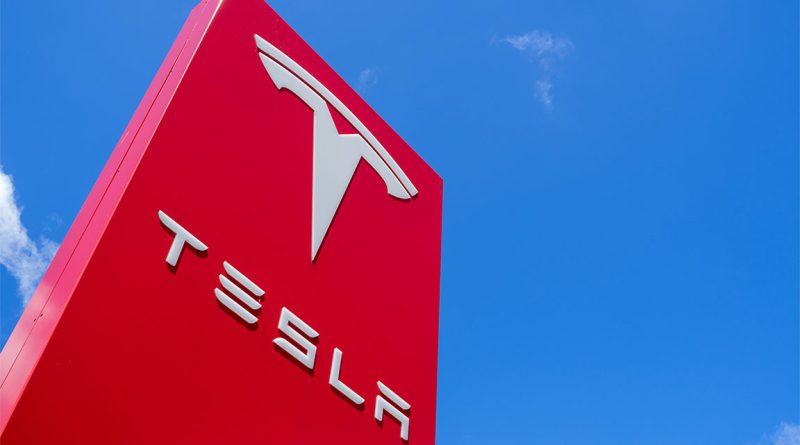Tesla Flaw Forces Recall of 2 million Vehicles
A Critical Juncture in Tesla’s Trailblazing Journey
In a striking turn of events that has rippled through the automotive industry, Tesla, the paragon of electric vehicle innovation, announced a sweeping recall of nearly 2 million vehicles across the United States. This decision, provoked by critical issues identified in its pioneering Autopilot system, marks one of the most significant callbacks in the company’s history and in the domain of autonomous driving technology. As the National Highway Traffic Safety Administration (NHTSA) intensifies its scrutiny over the safety of these advanced systems, Tesla faces a momentous challenge that could redefine the trajectory of automated driving.
The Genesis and Evolution of Tesla’s Autopilot System
Tesla’s Autopilot, introduced as a revolutionary advancement in automotive technology, was designed to offer assistance in steering, braking, and speed control, thereby enhancing the driving experience. However, the journey of this autonomous driving system has been fraught with complexities and safety concerns. The recent recall encompasses a range of Tesla models, from the Model S to the Model Y, produced over a span of more than a decade. This sweeping action stems from a series of investigations that began in August 2021, revealing a pattern of safety incidents and accidents linked to the Autopilot feature.
The Heart of the Matter: Safety Concerns and Regulatory Oversight
The safety issues that prompted this historic recall are manifold. The NHTSA’s investigation, elevated in June 2022 following numerous accidents involving Tesla vehicles and stationary emergency services, highlighted a troubling trend. The regulatory body found that the Autopilot system could potentially lead to “foreseeable misuse” due to inadequate driver engagement and usage controls. This alarming revelation has not only sparked widespread safety concerns but has also spurred a broader debate on the efficacy and reliability of autonomous driving technologies.
Tesla’s Strategic Response: Addressing the Recall with Technological Upgrades
In response to the NHTSA’s findings, Tesla has embarked on an ambitious plan to rectify the identified issues. The company has proposed a series of software updates aimed at reinforcing the Autopilot system’s safety mechanisms. These updates include heightened visual alerts, simplified procedures for engaging and disengaging the Autosteer feature, and additional safety checks. However, the effectiveness of these measures, especially in older Tesla models that lack advanced driver-monitoring hardware, remains a subject of intense debate among experts and industry observers.
Implications for the Future: Rethinking Safety in the Age of Autonomous Vehicles
The ripple effects of Tesla’s recall transcend beyond immediate safety fixes. This development has triggered a reevaluation of the standards and regulations governing autonomous vehicle technologies. It raises pressing questions about the balance between innovation and safety, the adequacy of existing regulatory frameworks, and the ethical implications of deploying AI-driven vehicles on public roads. As Tesla grapples with these challenges, the episode serves as a catalyst for a broader industry-wide introspection on the future of autonomous driving.
Navigating Uncharted Terrains
Tesla’s Autopilot recall, undoubtedly a pivotal moment in the company’s history, is also a watershed event for the entire automotive sector. It underscores the intricate interplay between technological advancement and safety considerations. As Tesla navigates this complex landscape, its actions and decisions will not only shape its own future but also set precedents for the burgeoning field of autonomous vehicles.
